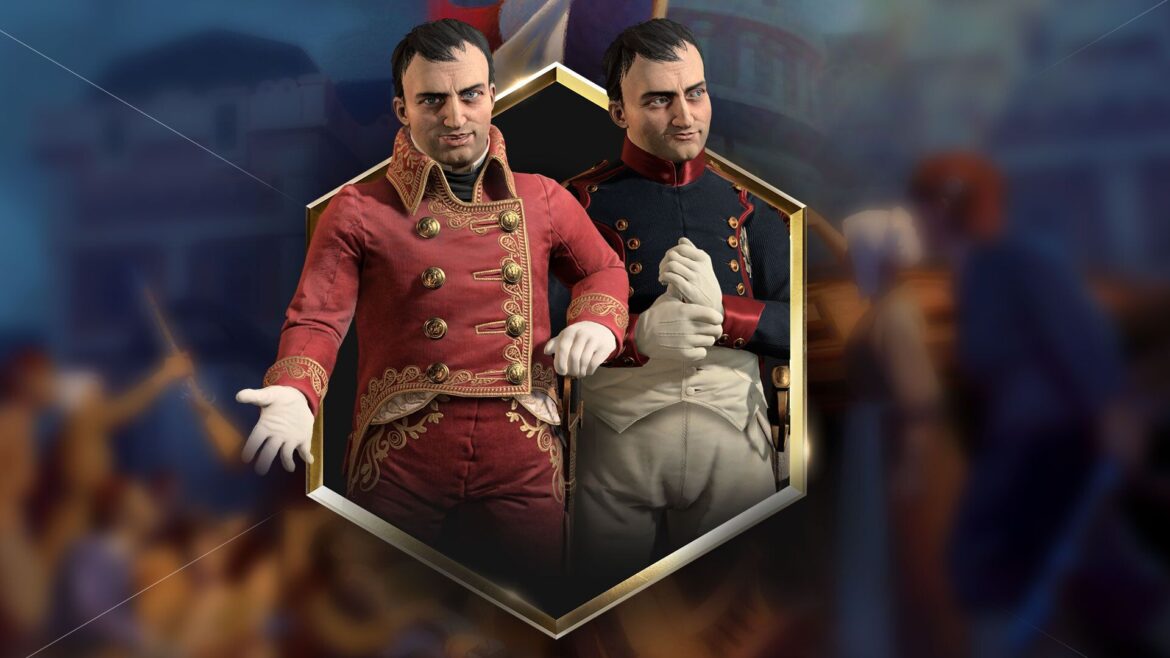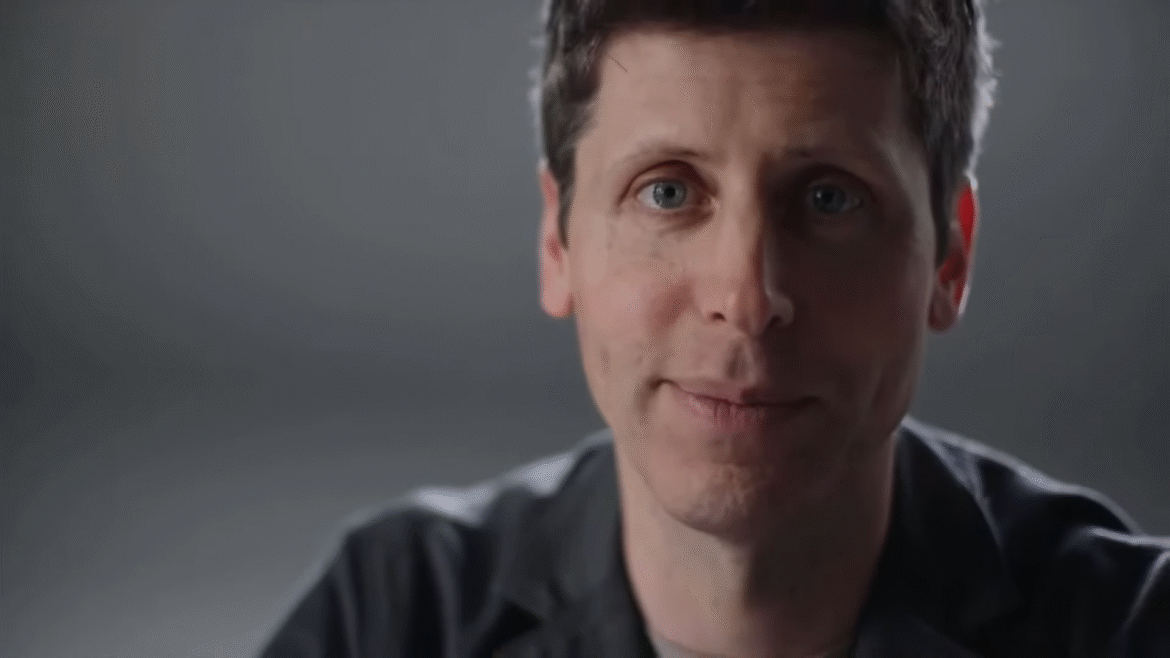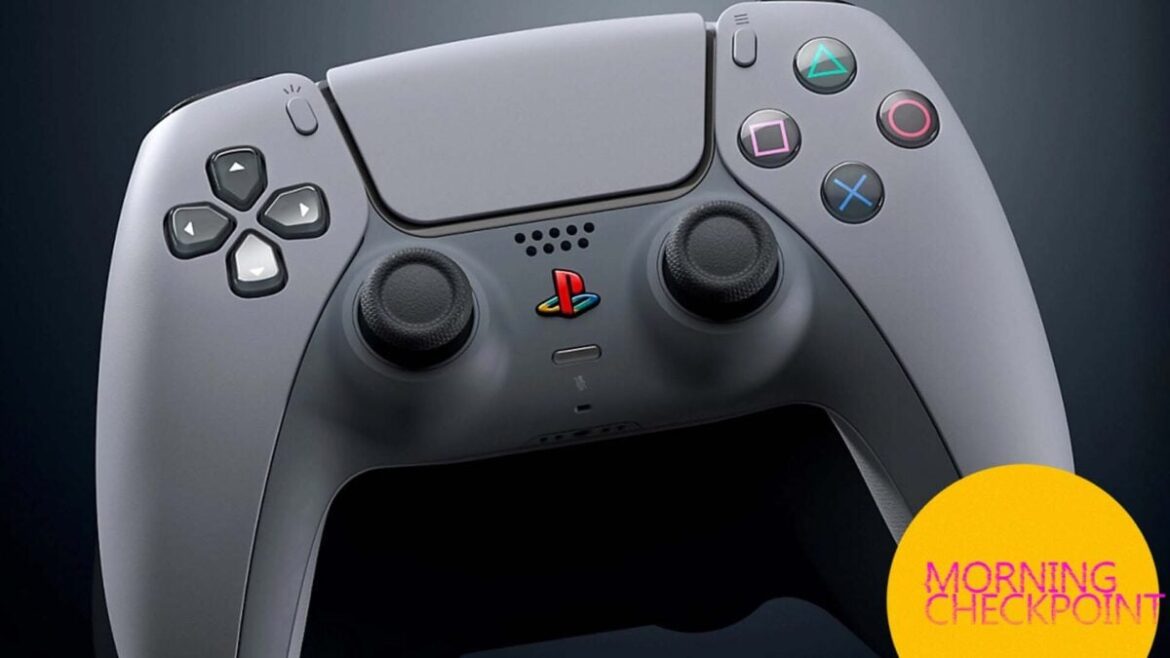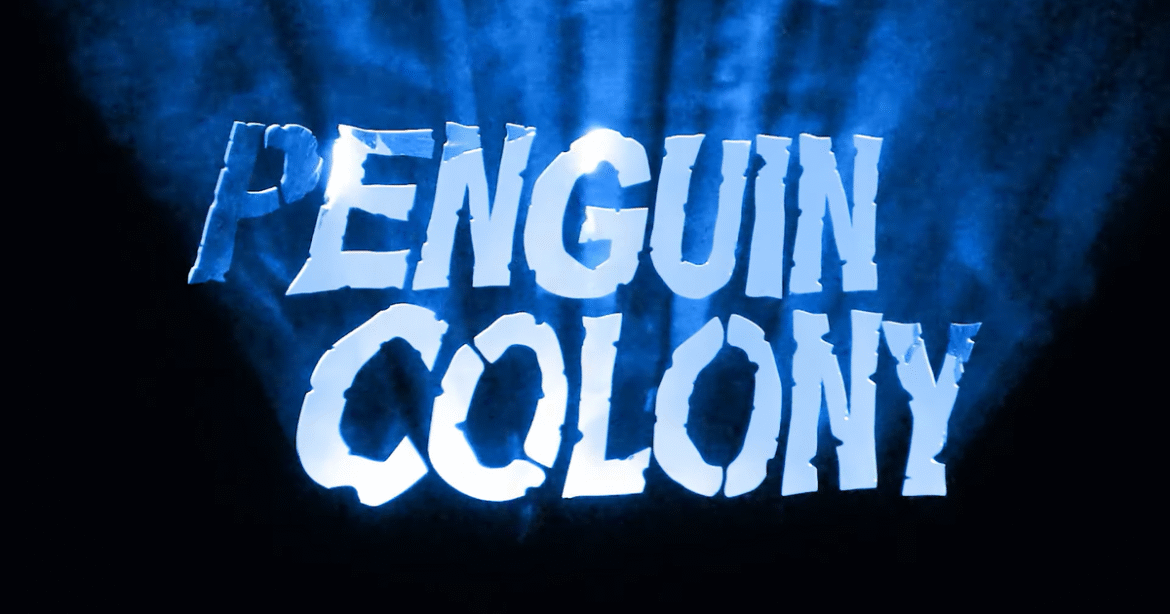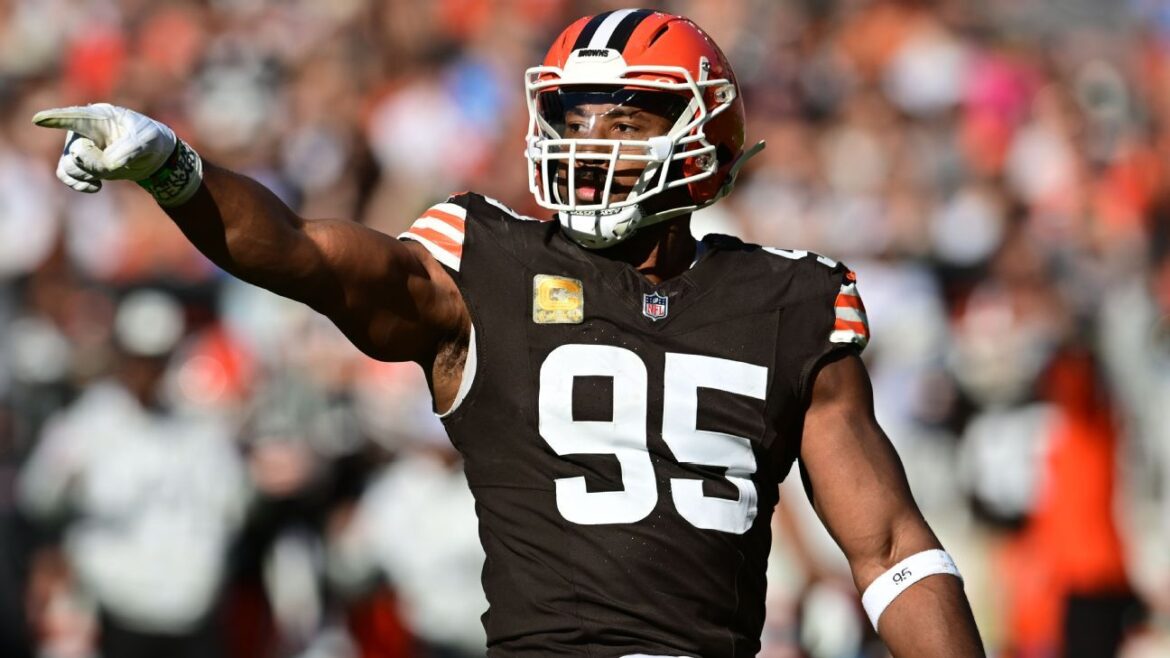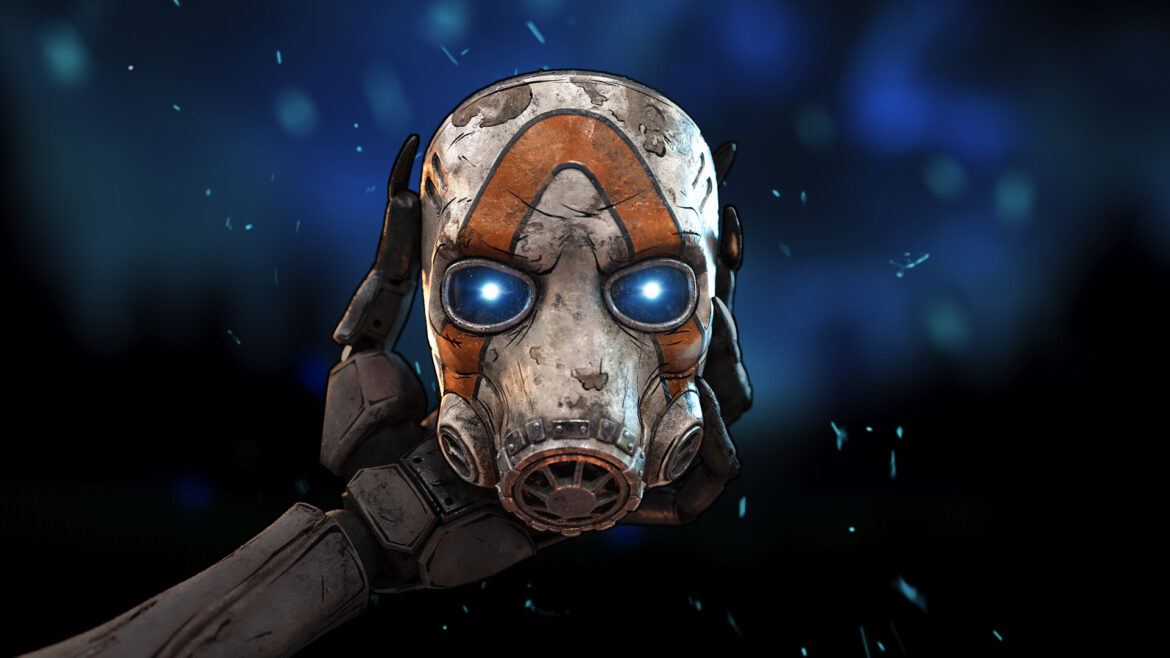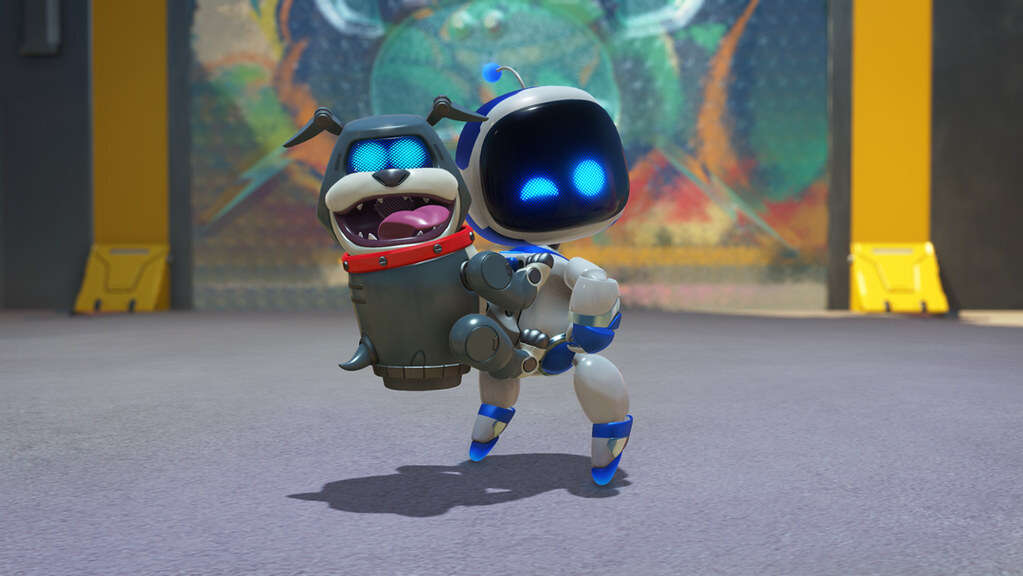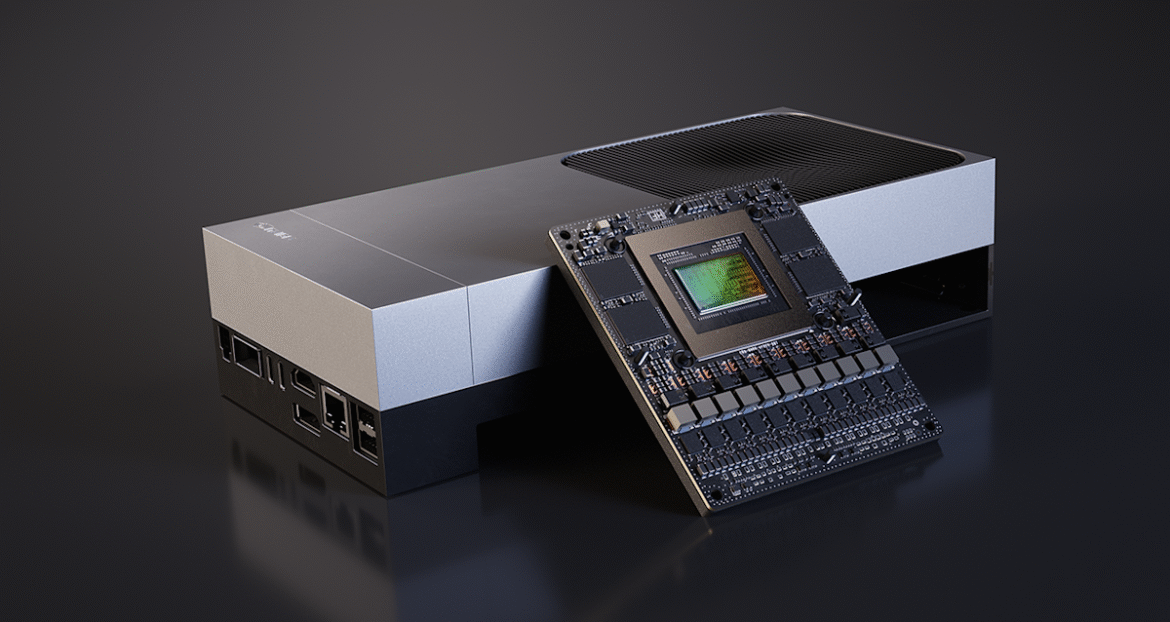Civilization 7 received a beefy update this week, as Firaxis continues to work on its latest and most divisive entry in its series of historical 4Xs. Update 1.2.5 brings a host of tweaks and adjustments, shuffling maps, improving the UI, and expanding strategic options around city-states. Plus, like a certain Duke who gave his name to a certain rubber footwear, it also gives Napoleon a proper sorting out.
Map generation is the primary target of update 1.2.5, with Firaxis responding to complaints that the sequel’s landmasses were predictable and dull. To fix the issue, Firaxis says it has “started from scratch and created a new base algorithm for making maps” in Civ, while simultaneously introducing two extra map types. “Continents and Islands” serves as the new map default for single-player, mixing up larger and smaller landmasses of various sizes, while “Pangaea and Islands” situates the bulk of the action on one giant geographical inkblot, with splashes of separate terrain in and around it.
As for those aforementioned UI improvements, these focus primarily on settlement development. The changes provide more detailed upfront information on the production menu, add clearer yield indicators for building placement, improve the visual language for “growth events” to help you decide between improvements or specialists, and implement a complete reformat for constructible tooltips. According to Firaxis, the changes should help players decide “what to build, where to put it, and how to grow your empire”. In other words, how to play the videogame Civilization.
Related articles
Sid Meier’s Civilization VII – Official Launch Trailer – YouTube
Watch On
Elsewhere, update 1.2.5 adds two types of city-state—namely Diplomatic and Expansionist city-states—while suzeraining either of these provides new player options. Firaxis has also implemented a broader “strategic balance pass”, replacing most percentage stacking bonuses with numerical bonuses to curb power snowballing, adding a cost-progression mechanic for buildings, and adjusting the gold economy to make managing your finances a bit more challenging.
Finally, there’s that Napoleonic makeover. Apparently, the French general wasn’t living up to his reputation among Civ fans, so Firaxis has boosted the power of both his Revolutionary and Emperor personas. The former variant now gains extra rewards when he goads other leaders into attacking him, while the latter receives bonuses for sanctioning other leaders.
It seems like a substantial update, but it doesn’t appear to have done much to improve Civilization 7’s standing among players. In fact, the game’s recent Steam reviews have a lower positive percentage than the overall rating—43% compared to 49%. This doesn’t seem to have much to do with the update one way or another—the key issue is that a lot of players fundamentally don’t like Civilization 7’s Age Transition concept, where you basically switch factions at the end of each age.
What effect this will have on Civilization 7’s long-term prospects remains unclear. Take Two CEO Strauss Zelnick doesn’t seem concerned, stating in August that the sequel is selling in line with expectations and that Civilization “has always been a slow burn”. This didn’t stop Firaxis from laying off a bunch of people last month, though game sales seem to have zero bearing on whether or not layoffs occur these days, with job security seemingly based wholly on vibes.

